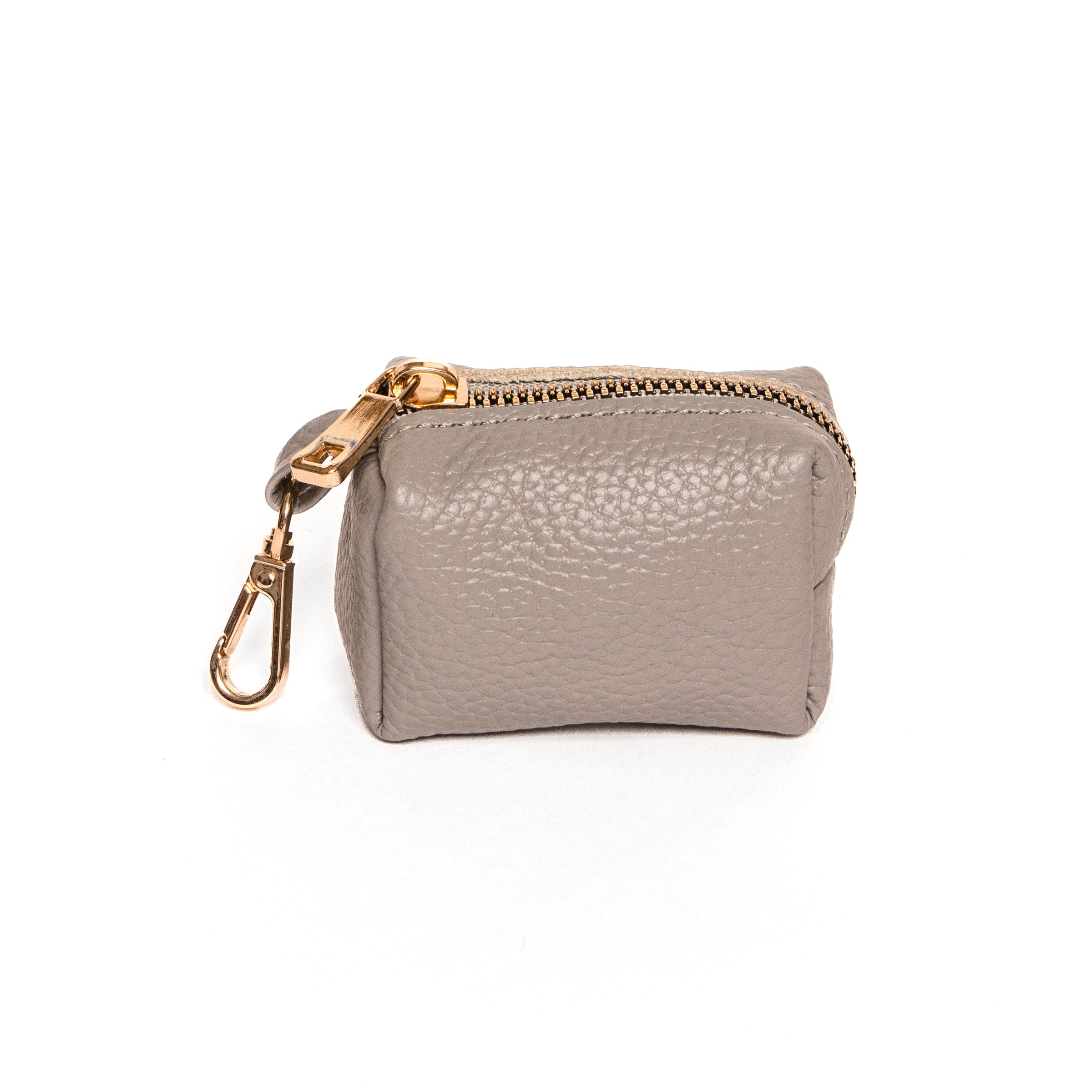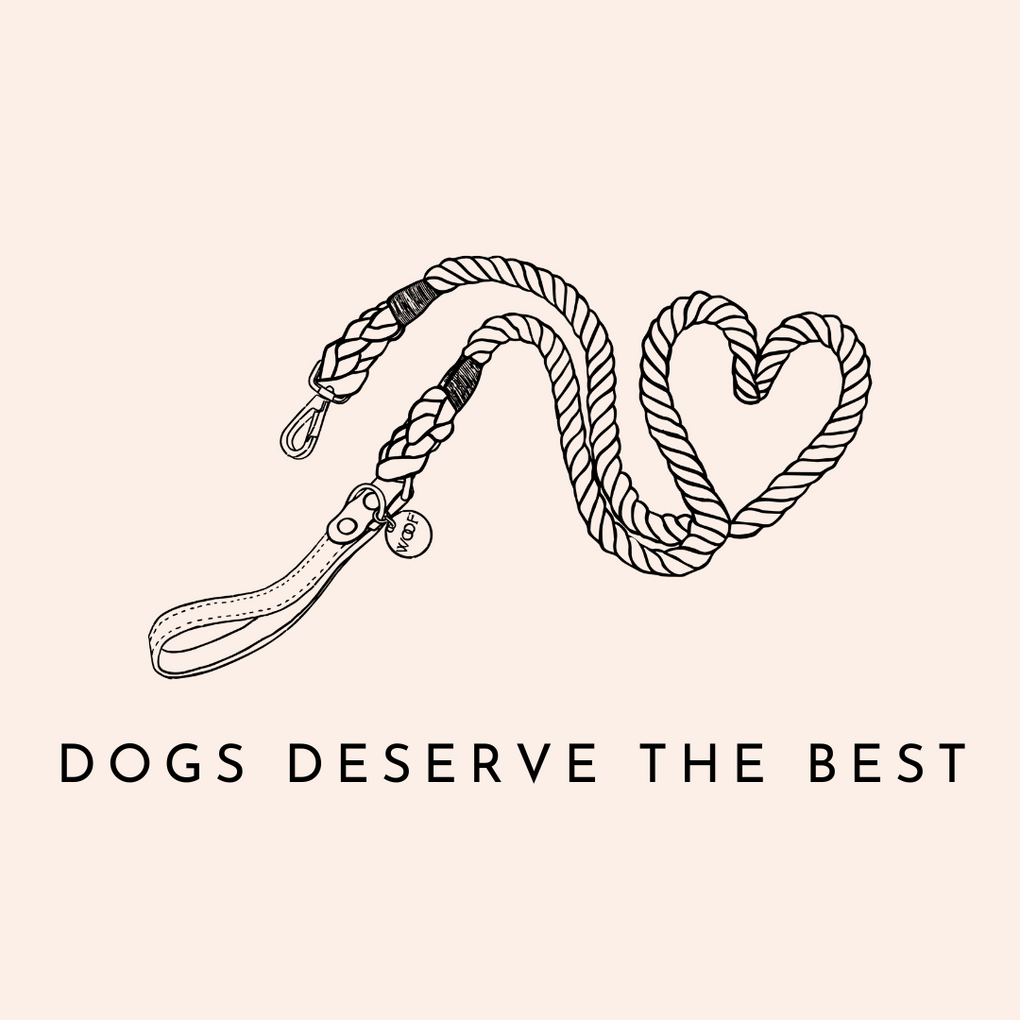Safety Tips for Collar Usage
Collars are not just a fashion statement for our furry companions; they serve as essential tools for identification, leash attachment, and even training. However, as pet parents, it's crucial to prioritize safety when using collars to ensure the well-being of our beloved pets. In this guide, we'll explore some essential safety tips to keep in mind when using collars with your furry friend.
1. Proper Fit Matters: One of the most important aspects of collar safety is ensuring a proper fit. A collar that is too tight can cause discomfort, difficulty breathing, or even injury to your pet's neck. Conversely, a collar that is too loose may slip off easily or get caught on objects, posing a choking hazard. When fitting a collar, you should be able to slip two fingers comfortably between the collar and your pet's neck.
2. Choose the Right Material: Collars come in various materials, including nylon, leather, and metal. While each material has its advantages, it's essential to consider your pet's comfort and safety. For example, if your pet has sensitive skin, a soft and hypoallergenic material like leather may be a better choice. Additionally, opt for collars with sturdy hardware and avoid those with sharp edges or potential choking hazards.
3. Use Breakaway Collars for Safety: Breakaway collars are designed with a safety feature that allows them to release or break apart when excessive force is applied. These collars are particularly beneficial for cats and adventurous pets who may get caught on objects while exploring outdoors. In the event that your pet's collar gets snagged, a breakaway collar can prevent choking or injury.
4. Regularly Check for Wear and Tear: Collars, like any other pet accessory, can wear out over time. Regularly inspect your pet's collar for signs of wear and tear, such as frayed edges, broken hardware, or weak spots. Replace the collar if it shows any signs of damage to prevent accidents or injuries.
5. ID Tags and Microchips: Ensure that your pet's collar includes proper identification, such as an ID tag with your contact information or a microchip. In the unfortunate event that your pet gets lost, these identification methods can help reunite you with your furry friend quickly and safely.
6. Supervise Collar Usage: While collars are essential for outdoor activities and walks, it's essential to remove them when your pet is unsupervised or during indoor playtime. This reduces the risk of collar-related accidents, such as getting caught on furniture or other objects.
7. Consider Alternative Options: In some cases, traditional collars may not be suitable for all pets. Consider alternative options, such as harnesses or gentle leaders, especially for pets with respiratory issues or neck injuries. These alternatives provide greater control and reduce the risk of neck strain or injury.
By following these safety tips for collar usage, you can help ensure the safety and well-being of your furry companion. Remember that collars are more than just accessories; they are essential tools that require careful consideration and attention to detail. Prioritize safety, comfort, and proper fit when selecting and using collars for your pet, and enjoy worry-free adventures together.









